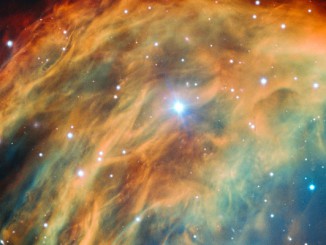
Picture This


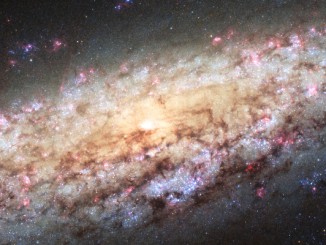
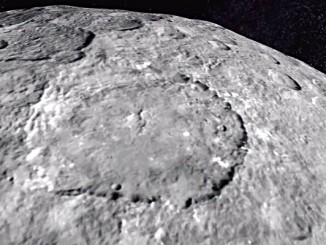
Fly over Ceres in a new video
A new animated video of dwarf planet Ceres, based on images taken from NASA’s Dawn spacecraft’s first mapping orbit at an altitude of 8,400 miles (13,600 kilometres), as well as the most recent navigational images taken from 3,200 miles (5,100 kilometres), provides a unique perspective of this heavily cratered, mysterious world.

Celebrating Hubble: The cosmic sombrero
Regarded as one of the most majestic of all of the galaxies in the Universe is the Sombrero, 28 million light years away in the constellation Virgo. This spiral galaxy’s notable features are its thick, torus-like disc with a dark, duty rim and the intense, bulbous, white glow that emanates from its core.

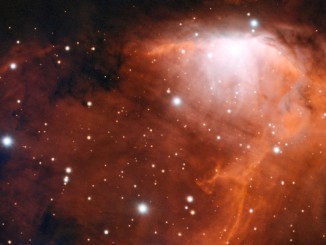
A bubbly cosmic celebration of star birth
In the brightest region of this glowing nebula called RCW 34, gas is heated dramatically by young stars and expands through the surrounding cooler gas, bursting outwards into the vacuum like the contents of an uncorked champagne bottle. But RCW 34 has more to offer than a few bubbles; there seem to have been multiple episodes of star formation within the same cloud.
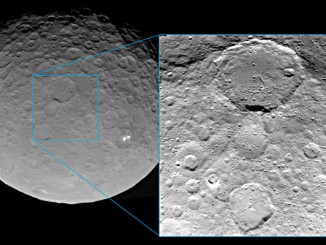

Hubble revisits tangled galaxy NGC 6240
Not all galaxies are neatly shaped, as this new NASA/ESA Hubble Space Telescope image of NGC 6240 clearly demonstrates. Hubble previously released an image of this galaxy in 2008, but the knotted region was only revealed in these new observations from Hubble’s Wide Field Camera 3 and Advanced Camera for Surveys.
